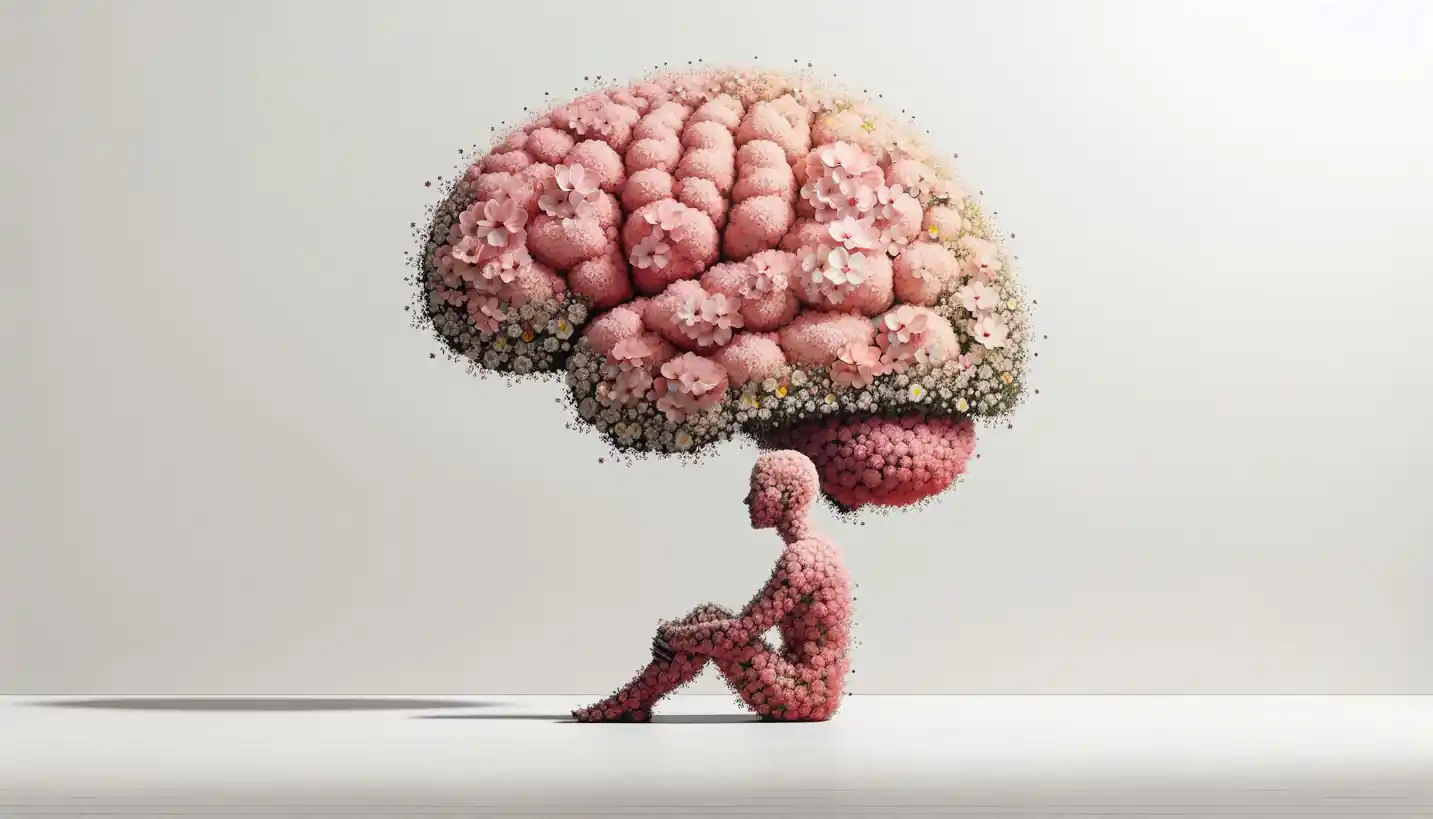· Psychology · 5 min read
Training and Development: Unveiling the Power of Growth in the Workplace
Training and development are key to unlocking potential in the workplace. Learn how continuous growth can lead to long-term success and innovation.

Exploring the concept of training and development is like opening a window into how businesses help their employees grow and thrive. Picture a garden where each plant needs care to bloom; that’s how companies need to nurture their workforce to foster productivity and satisfaction. In industrial-organizational psychology, training and development are crucial elements that enhance both individual and organizational potential.
What is Training and Development?
At its core, training and development are about equipping employees with the skills and knowledge they need to excel in their roles. Think of it as a toolkit filled with various instruments designed to address different aspects of work life. Training addresses the immediate ability to perform tasks or responsibilities, while development focuses on long-term growth and career progression.
Why It Matters
Imagine trying to assemble a complex piece of furniture without instructions. Frustrating, right? Similarly, in a workplace, employees need guidance and learning opportunities to perform their jobs effectively. Training and development programs provide this support, leading to increased efficiency and job satisfaction.
Organizations that invest in these programs often see a remarkable boost in employee morale. When employees feel that their growth is valued, they’re more likely to stay with the company, reducing turnover rates and saving costs associated with hiring new staff.
How Training and Development Work
Let’s delve a little deeper into how these programs function. Training initiatives might include workshops, webinars, or hands-on experiences that are directly tailored to the employee’s current position. It’s like learning to ride a bike by actually getting on one—practice is pivotal.
In contrast, development might involve mentorship, coaching, or even sending employees to conferences to broaden their horizons. It’s about planting the seeds for future growth, much like enrolling in a class to learn new skills that may not be immediately required but could prove invaluable down the line.
Real-world Examples
Consider a company in the tech industry introducing a new software tool. They might organize a series of training sessions to ensure everyone knows how to use it effectively. Meanwhile, for development, they might encourage selected employees to attend industry conferences or offer courses to enhance their problem-solving skills.
The Role of Industrial-Organizational Psychology
Industrial-organizational psychology steps in to ensure these programs are not just beneficial but also scientifically grounded. Psychologists in this field study human behavior in work settings to design and implement training and development that meet both employee needs and organizational goals.
For instance, they might analyze how learning styles differ among employees and adapt programs to be more inclusive. It’s akin to custom tailoring, where each garment is adjusted to perfectly fit its wearer, ensuring that the learning experience is as effective as possible.
The Science Behind Learning
Understanding how people learn is critical in shaping training programs. Let’s think about this in terms of cooking. Just as a chef needs to know the properties of different ingredients to create a dish, organizations need to understand how individuals process information.
Learning Theories in Action
Several theories explain the best ways to facilitate learning. The experiential learning theory, for example, emphasizes learning through experience. It suggests that providing employees with hands-on tasks or simulations can deepen their understanding and retention of new skills.
Adaptive learning technology, often used in modern training programs, exemplifies how organizations implement these theories. Such technologies adjust the difficulty of tasks based on the learner’s progress, ensuring that everyone remains engaged and challenged at the right level.
Overcoming Challenges
Implementing effective training and development isn’t always a smooth ride. Companies might face budget constraints, resistance to change among employees, or difficulty in measuring the impact of these programs.
Creative Solutions
To address these issues, some organizations are turning to innovative solutions. For instance, using gamification—applying game-like elements to training—can make learning more engaging. Think of it like turning a tedious chore into a fun game; suddenly, everyone’s more willing to participate.
Additionally, embracing feedback mechanisms allows organizations to refine programs continuously. Regular surveys or focus groups can provide insights into what’s working and what isn’t, creating a dynamic system of improvement.
Future Directions
As we look to the future, training and development will likely become even more integral to workplace success. With the rise of artificial intelligence and technology-driven industries, continuous learning will be essential.
Organizations might increasingly rely on virtual reality to create immersive training experiences, allowing for practice in a risk-free environment. Imagine learning to conduct a high-stakes negotiation in a simulated boardroom before facing the real thing.
Conclusion: Cultivating a Culture of Growth
Training and development are not just about teaching skills; they’re about fostering a culture of growth and adaptability. By investing in these programs, organizations not only enhance their workforce’s capabilities but also pave the way for a more innovative and resilient future.
In the ever-evolving workplace landscape, the ability to learn and develop is a superpower. As industrial-organizational psychology continues to uncover the nuances of human potential, training and development remain at the forefront, guiding businesses toward new heights of success.


